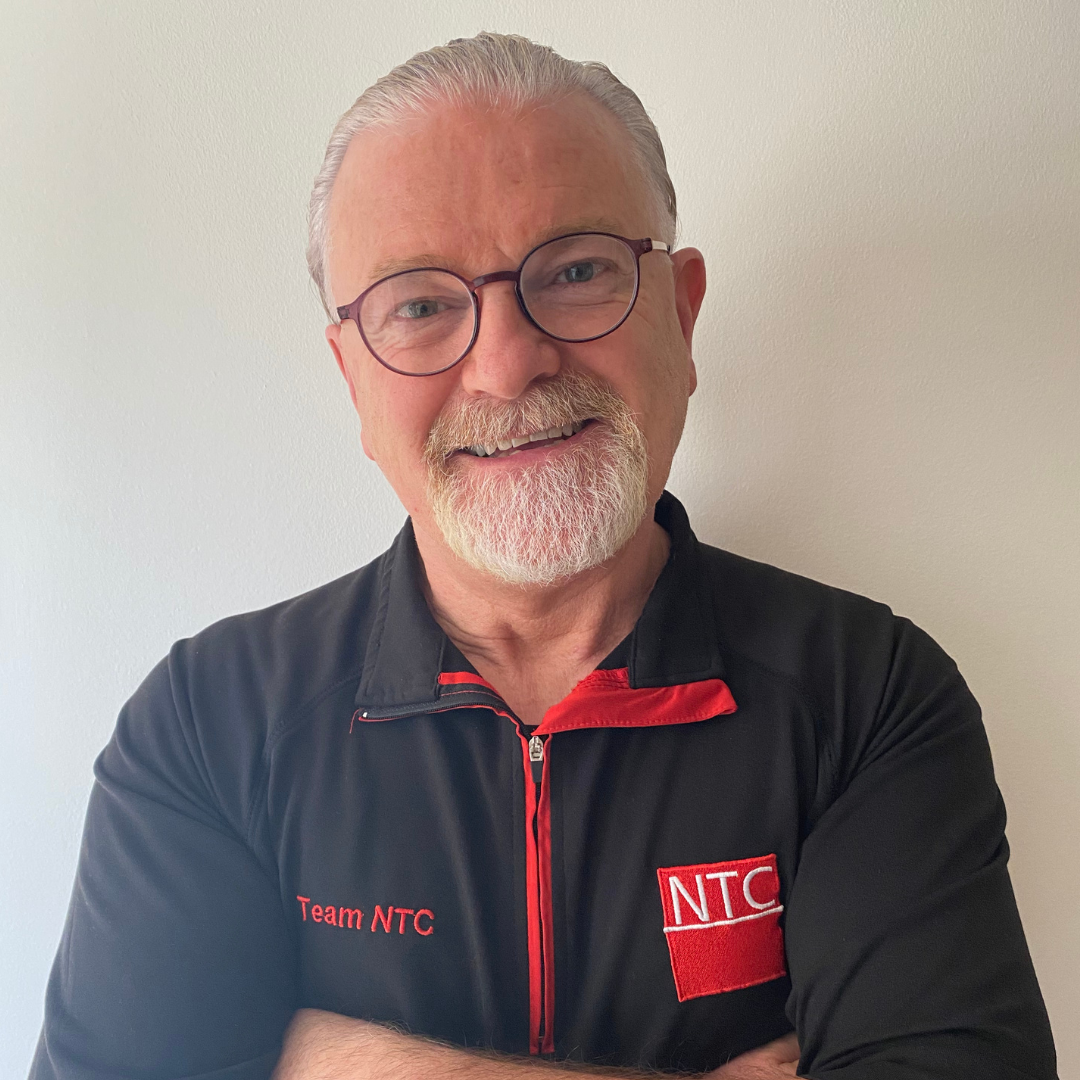John Sharkey is an international educator, author and authority in the areas of Clinical Anatomy, Fascia Science, human movement and the manual treatment of chronic pain.
John is a graduate of the University of Dundee, University of Liverpool and University of Chester. He completed undergraduate and post-graduate studies in the areas of exercise physiology, clinical anatomy and holds post-graduate qualifications in education.
John's latest book ‘Understanding Fascia, Tensegrity and Myofascial Trigger Points’ has become one of Human Kinetics' most popular titles, reflecting the growing interest in topics related to fascia science.
John provides unique, full-body dissection courses across the globe and is a popular conference Keynote speaker. John will be chairing a round table discussion on fascia at the upcoming International Fascia Research Congress, in New Orleans, as well as providing a workshop with his colleague Dr Andrzej Pilat of Myofascial induction and a special dissection course with Dr Carla Stecco, Gil Hedley and Gabriel Venne.
http://www.johnsharkeyevents.com/
Should bone be considered fascia: Proposal for a change in taxonomy of bone – a clinical anatomist’s view
Fascia is the accepted term to describe integrated three-dimensional connective tissues that have failed to be described in a manner agreed by recognised anatomical authorities. It is proposed that the ambiguity concerning the seeming indefinability and lack of agreement is predominantly conceptual and partially technical.
Fascia and tensegrity: The quintessence of a unified systems conception
The heterogeneous connective tissue fascia is constructed upon a tensegrity-based architecture providing cells and organism’s
with stability coupled with mobility. A term coined by Sharkey and Avison “Fasciategrity” used for the first time at the British
Fascia Symposium 2018, speaks of the relationship of balance and integrity within the fascial net.
Fascia and living tensegrity considerations in lower extremity and pelvic entrapment neuropathies
Peripheral neuropathies can have a plethora of origins including physical insults resulting from connective
tissue compression and entrapment. Observational investigations, using biotensegrity focused dissections,
have identified site-specific fascial structures that are hypothesised to afford integrity to neurovascular
structuresby providing appropriate tension and compression.
Site specific fascia tuning pegs and places of perilous passage myofascial considerations in upper extremity entrapment neuropathies: a clinical anatomist’s view
The objective of this study was to identify common anatomical locations of densified fascia associated with
axillary, musculocutaneous, median, ulnar and radial nerve entrapment. Additionally, a proposal concerning a
tensegrity based expansive decompressive protective role of muscles and ligaments as ‘site-specific fascia
tuning pegs’ is offered for consideration.
Quest for Space: Towards a Novel Approach in Treating Pain and Fatigue on Earth
On earth so-called mechanical body overload, causing tissue strain, tissue damage and fatigue,
is considered to be a major cause of physical complaints including neck and lower back pain.
Mechanical strain related to body posture has been shown to play a significant role in ongoing,
widespread pain and fatigue (patients prefer to lie down while limiting standing and sitting).
Understandably, the link to gravity’s vertical vector is quickly made.
Biotensegrity-anatomy for the 21st Century informing Yoga and Physiotherapy Concerning New Findings in Fascia Research
This short article addresses the question “is knowledge of human anatomy generally and fascia specifically, important to the Yoga teacher and
physical therapist”. The science of human anatomy is changing. Anatomy has entered a new chapter in the understanding of human structure and
form and this new vision entitled “Biotensegrity focused anatomy” is informing all disciplines of biomedicine, movement and manual therapies.
- « Previous
- 1
- 2
- 3
- Next »





